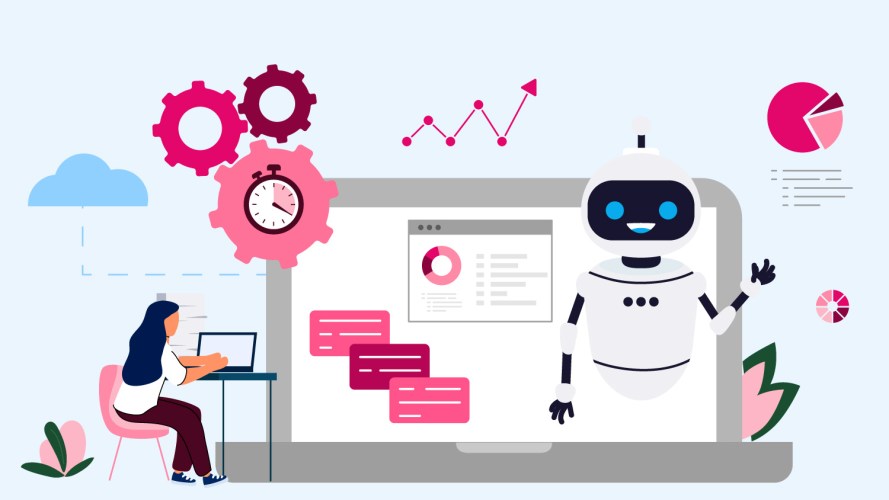When Is Headless Right for Your B2B Commerce Site?



Headless commerce can be a confusing term — and it’s not right for every B2B organization. Here’s how to know if it’s right for you.

Andy Peebler
It’s crucial B2B companies meet their buyers wherever they are. Traditionally, this meant mostly in-person and over the phone. But in a COVID-19 world, this means primarily through a commerce site and other digital channels.
A commerce site can serve as an extension of your sales team, allowing business buyers to order and reorder at their own convenience. As more B2B companies launch and update their digital ordering portals, some have decided to go headless, and they’re doing it with Salesforce.
Why a B2B company chooses a headless architecture
Headless commerce can be a confusing term — and it’s not right for every B2B organization. Here’s how to know if it’s right for you.
If you go headless, you likely look to do several things:
1. Have perfect control over UI
Companies that use a headless architecture can keep their front end and power their sites with a different technology for the back end. And customers will have a consistent experience on the site.
Behind the curtain, organizations that separate the back and front end of their site can integrate with the front end applications of their choice. Some organizations have invested in a front end (or presentation layer) to use across all company divisions. This allows business users to more easily get up to speed on how to make updates quickly — without working with IT.
2. Expand your commerce channels
More B2B organizations are looking to put commerce in nontraditional places like a kiosk screen, or connect commerce to voice assistants like Alexa. Headless commerce can help. With a headless architecture, companies can leverage JavaScript front-end frameworks and the Salesforce B2B Commerce APIs for product data, cart, and order objects.
3. Make your IT team more strategic
If you’re headless and using a front end that was already in place, business users can make changes to content without working with IT. This gives IT more time to focus on projects instead of routine updates like editing a product description or adding a page for a new product. It also allows your company to make the most of previous technology investments.
You may have teams with React and Javascript skills. A headless architecture will likely leverage these skills and your teams will have a lot of flexibility to develop custom commerce experiences. A consideration is that if you maintain different technology for the front end and commerce capabilities, you may need two separate teams.
Why a B2B company chooses a hybrid headless approach
A hybrid approach may work better for those companies who want particular headless benefits — like launching a mobile app or powering their site with their current content management system (CMS) and Salesforce. Some B2B organizations want something small launched quickly or don’t have resources to implement headless architecture. In these cases, a hybrid approach is a good solution.
Companies who need a mobile app may choose a headless architecture for their digital commerce they can use in their app. It’s also possible to use Mobile Publisher with B2B Commerce on Lightning Experience and forgo a headless architecture.
See more reasons B2B organizations go headless
A headless architecture can be an ideal approach — depending on what your organization needs.























